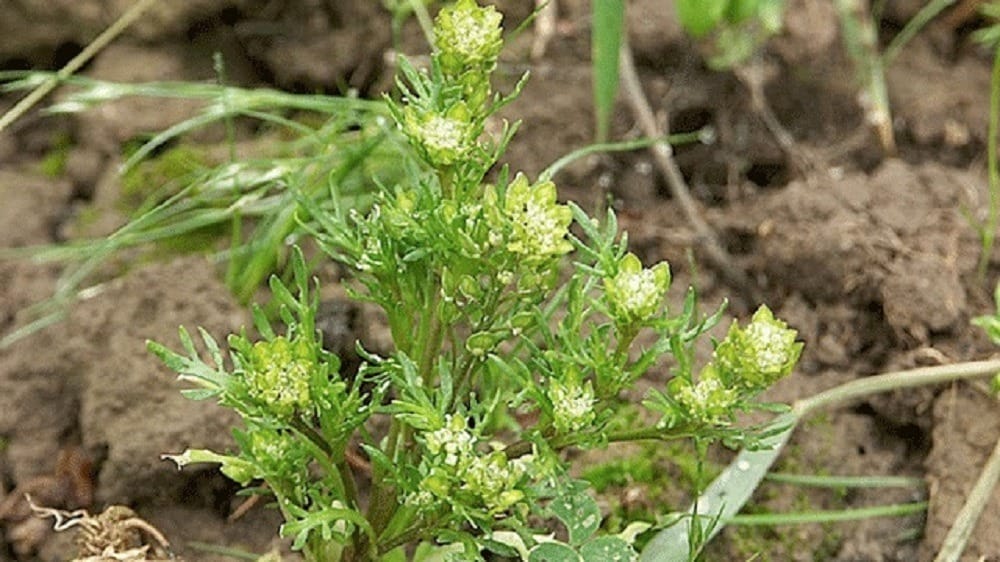IMPORTANT : Information on this webpage is indicative only. Verify before use and consult a doctor.
Cordyceps, an enigmatic fungus, has captivated the imagination of researchers and health enthusiasts alike with its remarkable medicinal properties. Emerging from the high altitudes of Himalayan plateaus, this unique organism has a rich history steeped in traditional medicine. From ancient healing practices to modern scientific exploration, it continues to intrigue with its potential health benefits and therapeutic applications.
History
Cordyceps, a fascinating genus of fungi, boasts a rich and storied history deeply intertwined with the cultures of Asia, particularly China and Tibet. Dating back centuries, it has been revered as a potent medicinal substance and held in high regard for its purported health benefits.
The earliest documented use of Cordyceps dates back to ancient China, where it was first mentioned in the ancient pharmacopoeia of Shen Nong, a legendary figure in Chinese medicine. It was traditionally harvested from the wild in the mountainous regions of Tibet and the Himalayas, where it thrives in the alpine grasslands and subalpine meadows. Its discovery was likely serendipitous, as nomadic herders observed the peculiar growth of Cordyceps from the bodies of caterpillars during the summer months.
In Traditional Chinese Medicine (TCM), Cordyceps was prized for its tonic and rejuvenating properties. It was believed to replenish vital energy, known as “qi,” and nourish the kidneys and lungs. It was traditionally used to address a variety of ailments, including respiratory disorders, fatigue, and kidney dysfunction. Its rarity and perceived efficacy led to its association with longevity and vitality, earning it the moniker “the herb of kings” or “the caterpillar fungus.”
Throughout history, Cordyceps has been sought after by emperors, nobles, and scholars alike, further elevating its status as a precious commodity. Its popularity continued to rise during the Ming Dynasty (1368-1644) when it became a symbol of wealth and power. Cordyceps was also documented in Tibetan medical texts, where it was known as “Yartsa Gunbu” or “summer grass, winter worm,” reflecting its unique life cycle.
The modern exploration began in the 20th century when scientists sought to unravel its pharmacological properties. Advances in technology enabled researchers to identify and isolate the bioactive compounds responsible for its medicinal effects, leading to a deeper understanding of its mechanisms of action.
Today, Cordy ceps continues to be revered for its health-promoting properties and is widely available in various forms, including capsules, extracts, and teas. While the traditional practice of harvesting wild mushrooms remains, cultivation methods have also been developed to meet the growing demand for this prized fungus. As scientific research into this mushroom continues, its legacy as a symbol of health and vitality persists, bridging the gap between ancient wisdom and modern science.

Properties
Cordyceps, renowned for its medicinal properties, harbors a plethora of bioactive compounds that contribute to its therapeutic effects. Among its notable constituents are cordycepin, polysaccharides, adenosine, and various amino acids, which exert diverse physiological effects on the human body.
One of the most studied properties of it is its immunomodulatory activity. Research suggests that it can enhance the activity of immune cells, such as macrophages and natural killer cells, thereby bolstering the body’s defense against infections and diseases. This immunomodulatory effect may be attributed to the polysaccharides found in the mush, which possess potent immune-stimulating properties.
Furthermore, it exhibits anti-inflammatory effects, making it potentially beneficial for individuals suffering from inflammatory conditions such as arthritis and asthma. By inhibiting pro-inflammatory cytokines and modulating immune responses, Cordyceps may help alleviate inflammation and promote tissue repair.
The mushroom is also prized for its antioxidant activity, which can help combat oxidative stress and reduce cellular damage caused by free radicals. Antioxidants found in Cordyceps, such as superoxide dismutase (SOD) and glutathione peroxidase, scavenge free radicals and protect cells from oxidative injury, thereby promoting overall health and longevity.
Additionally, it has been studied for its potential to support respiratory health. Traditionally used to alleviate symptoms of respiratory disorders, such as coughs and asthma, it may help improve lung function and enhance oxygen utilization, making it beneficial for individuals with respiratory conditions or those seeking to boost athletic performance.
Moreover, Cordyceps is believed to possess adaptogenic properties, helping the body adapt to stressors and maintain homeostasis. This adaptogenic effect may contribute to Cordyceps’ reputation as a tonic herb, promoting vitality, stamina, and overall well-being.
In summary, it offers a wide range of medicinal properties, including immunomodulation, anti-inflammation, antioxidant activity, respiratory support, and adaptogenic effects. Its multifaceted benefits make it a valuable addition to holistic health regimens, offering potential therapeutic support for various aspects of human health and wellness.
| Medicinal Properties of Cordyceps |
|---|
| Immune Modulation |
| Anti-inflammatory Effects |
| Antioxidant Activity |
| Respiratory Support |
| Energy Boost |
| Cardiovascular Health Support |
| Athletic Performance Enhancement |
food consumption patterns
This beautiful mushroom offers versatility in its modes of administration, allowing individuals to incorporate it into their daily routines in various convenient forms.
One common way to consume it is through dietary supplements, such as capsules or tablets. These supplements typically contain Cordyceps extract or powder, making it easy to obtain a standardized dosage of the fungus. Capsules are convenient for those seeking a simple and hassle-free way to reap the health benefits of Cordyceps, especially for individuals with busy lifestyles.
Another popular option is Cordyceps extract, which can be added to beverages like tea or coffee. Cordyceps extract is often available in liquid form, allowing for easy mixing into hot or cold beverages. This method provides a quick and efficient way to incorporate Cordyceps into one’s daily routine, allowing for personalized dosage adjustments based on individual preferences and needs.
For those who prefer a more traditional approach, Cordyceps can be consumed in its raw form or used in culinary preparations. In traditional Chinese cuisine, Cordyceps is often added to soups, stews, and stir-fries for its unique flavor and purported health benefits. Incorporating Cordyceps into meals allows for a flavorful and nutritious way to enjoy this medicinal fungus while exploring diverse culinary possibilities.
Additionally, Cordyceps can be found in powdered form, making it suitable for blending into smoothies, shakes, or protein drinks. This versatile option allows individuals to customize their beverages with Cordyceps to support their specific health and wellness goals while enjoying the convenience of a portable and easy-to-use powder.
Overall, the various modes of administration of Cordyceps offer flexibility and accessibility, allowing individuals to incorporate this potent fungus into their daily routines in a way that best suits their preferences and lifestyle needs. Whether consumed as a dietary supplement, added to beverages, or used in culinary creations, Cordyceps provides a convenient and effective means of harnessing its medicinal properties for optimal health and well-being.




